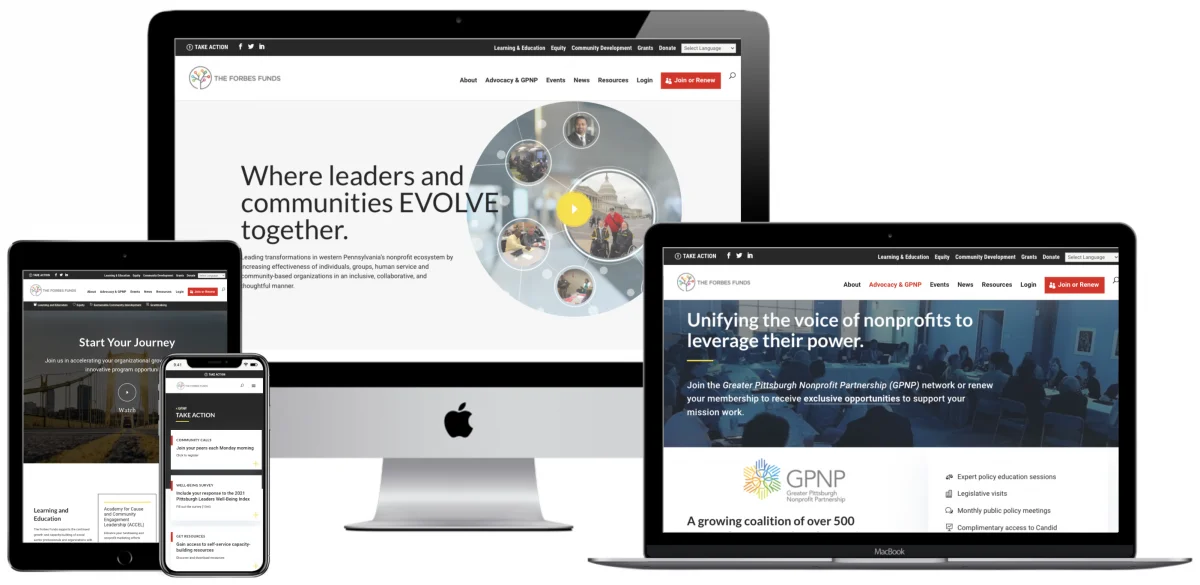The purpose of any website is to communicate with its reader. Whether it’s to convince them to try a service, buy a product, or entertain them, the goal of the website is to draw the reader in with a powerful story.
That said, there has been a shift in the development world, where there is a push being made to do away with multiple pages and create one single, pageless design.
As everything in the design world develops and changes, so does the way that storytelling through digital mediums are approached. People are looking for a more precise and natural way to shop and research, and developers are responding.
First, what is pageless design?
Simply put, it’s exactly as it sounds. It is one website structure that features one page to scroll down instead of multiple pages to open and search. It creates a cleaner design and is way more responsive to users.
What are the benefits of pageless design?
First of all, the proof is in the pudding. This push would not be made if the conversion rates were not proof of a better system working. But for the uninformed, maybe they hear the results, but why how are those better results achieved? What makes a pageless design better for users?
- More flexibility: this means that no matter the platform it is used on, it is fluid and adjusts to that platform. Mobile friendly-ness is something that increases Google rankings, and wouldn’t anyone want that?
- Decreases bounce rates: due to the user-friendliness, there tends to be less confusion on how to navigate the site, resulting in visitors leaving. This causes a decrease in bounce rates.
- Easier to implement feedback: because you are working with one page, it’s easier to implement feedback from users. Instead of having to make edits to multiple pages you can apply feedback quickly to the one page and make necessary changes and updates.
- More efficient: pageless design sites are far more streamlined and efficient. Because of the ease of navigation they are less clunky and overwhelming.
Lastly, but maybe most importantly,
- Lower cost: pageless design is more affordable since the cost is typically less to create one page, rather than multiple ones. This is groundbreaking, as it does away with the typical cost of a well-researched website at a cost of tens of thousands of dollars or more to design and implement.
Some of the main questions and concerns about pageless design are:
- Can I build a website that markets a lot of products? Absolutely. It may take some creativity and ingenuity to hyperlink and create a solid shopping experience, but it is totally possible.
- How about Google rankings? Does SEO work with only one page? Yes. In fact, it may be optimized even better with one page– utilized scroll-to-anchor linking and structured data. With the content density, decreased bounce rate, and likely higher conversions you are the perfect candidate for a high Google Page Rank.
One of the most important things to remember is that people no longer have time to waste on the internet (dial-up is a thing of the past, right?). They want to be able to find what they are looking for and leave. If a site is too complicated or confusing, users can simply leave and visit your competitors with great ease.
Most people browse online with their mobile devices, and opening multiple windows is a pain for them. One continuous scrolling motion works better.
Convinced? If you’re not, then go and check out some pageless sites and you will be. Pageless design is the future of websites because a positive user experience should be the goal of any website. And that is just what pageless design delivers.

Ali Jaffar has been building dazzling websites and creating amazing online experiences for over a decade. His mastery of the latest innovations in web development results in world-class website experiences set apart by show-stopping style and seamless functionality. A sought-after consultant and 50-time award-winning storyteller, UX expert, and web developer — Ali lends his talents to build and bolster digital experiences for a wide array of clients — with a keen focus on web design for nonprofit organizations, B2B, and government agencies. When Ali’s not helping his clients grow, you can find him cooking, exploring new places with his dog, or experimenting with AI & new gadgets.
Connect with Ali on LinkedIn to continue the conversation.

